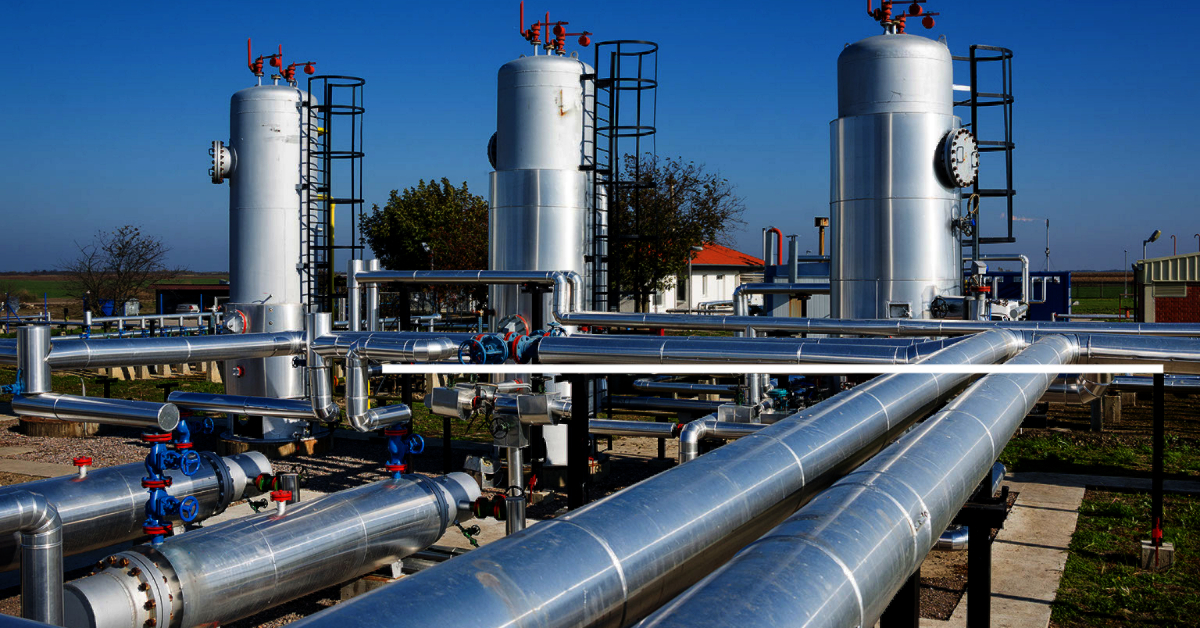The Purpose of a Flow Control Valve

Flow control valves are used in a variety of industries. In this article, we’ll explain the operation of two common types: a High Pressure Control Valve and a Liquid Dump Valve.
Flow control valves are used to move liquids including oil, gas and water through piping and downstream for separation, transportation, or storage.
High Pressure Control Valves
A high-pressure control valve is a flexible product that can be applied to applications requiring both flow control and pressure control.
It is primarily used as a liquid dump valve on a separation vessel in flow control.
Here’s how it works:
- Until a pilot instructs it to change, the valve will stay in the fail position.
- In a liquid dump application, a liquid level controller will send a signal to the pilot telling them to open the valve and dump the liquid.
- The stem-guided high pressure control valve’s flow originates from above the seat. With minimal Cv (is this right?- Yes, it is. It’s a valve’s capacity.) options, this type of valve allows fine control.
Additionally, the High Pressure Control Valve can be field converted to fail open or close with simple hand tools.
Lever Operated Liquid Dump Valve
The Lever Operated Liquid Dump Valve is another popular form of flow control valve.
To maintain and regulate the liquid level in production vessels, a liquid dump valve is a part of a liquid level control system.
The five main components of a mechanical liquid level control system are as follows:
- Trunnion Assembly
- Float Arm
- Float
- Linkage Rod
- Liquid Dump Valve
Here’s how it works:
- Upstream plumbing is connected to the dump valve.
- The linkage rod rises, elevating the arm on the dump valve, when the float in the separation vessel reaches the desired level. By doing so, the valve is opened, “dumping” the liquid into the next stage of processing or sale.
Get in touch with Fluid Flow to discuss your flow control needs with our team of experts.


